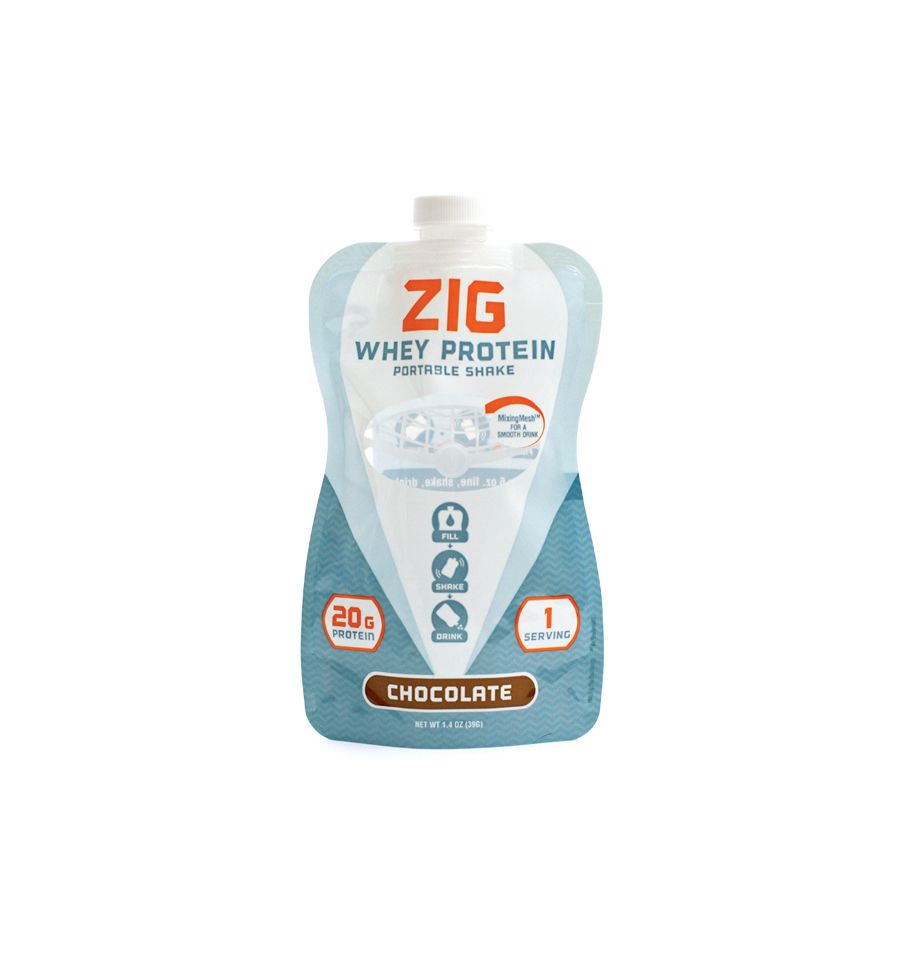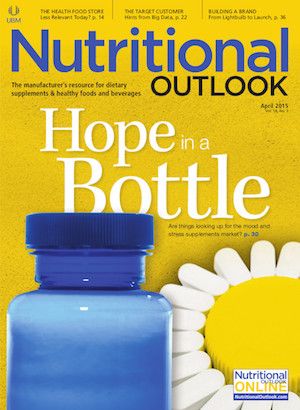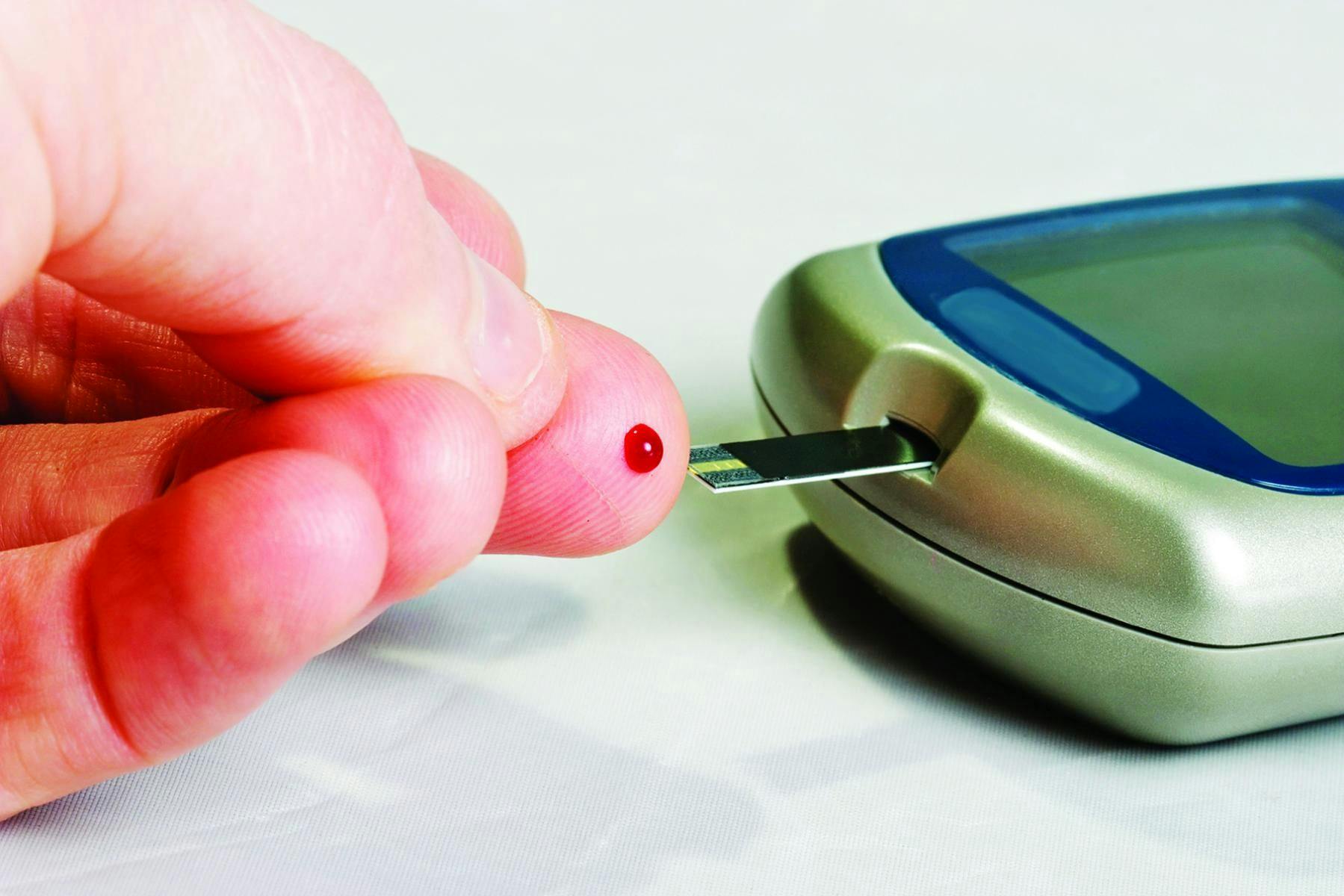Dietary Supplement Packaging: Pouch Power
Flexible pouches are disrupting the reign of conventional rigid packaging in foods. Will the same soon be said for dietary supplements?

Flexible pouches are disrupting the reign of conventional rigid packaging in foods. Will the same soon be said for dietary supplements?
Any observant consumer can attest to the fact that flexible pouch packaging, especially stand-up-pouch packaging, continues to grow in popularity. For foods sold in grocery stores and other retail outlets, and, just recently, for some nutritional supplements and nutraceuticals, brand companies are turning to this type of packaging for reasons including its protective properties, its novel and contemporary appearance, portability, custom-printability, shipping and warehousing cost savings, seemingly endless closure/fitment/spout choices, and its contribution to a reduced carbon footprint.
“Pouch packaging, especially stand-up pouches in the food market sector, has been trending in a positive direction for more than 10 years,” says Craig Livingston, senior marketing manager, healthcare, at packaging company Ampac (Hanover Park, IL). “The dietary and nutritional market segments have seen considerable growth over the past three to five years in their transition from rigid and blister packs to stand-up pouches and film overwraps,” he adds. Livingston expects both of these trends to continue for the foreseeable future.
David Marinac, founder and CEO, ABC Packaging Direct (Cleveland), points out that as new styles of flexible pouch packaging are introduced, such as flat-bottom stand-up bags, interest will only intensify. (See sidebar below, “The Latest and Greatest in Pouch Innovation.”)
Flexible Pouch Packaging’s Many Advantages
Those who design and manufacture flexible pouches, and those who package their products in them, have no trouble generating a list of this packaging format’s numerous benefits. For starters, Marinac points to pouches’ excellent barrier properties, which result from their multiple layers of engineered barrier film (including foil, metalized film, clear structures, and combinations of the three). These layers are laminated together to keep the pouch contents fresh for longer periods of time. This method protects what’s inside the pouch from moisture, vapor, odor, and UV rays.
The pouch format also benefits manufacturers and retailers alike, Ampac’s Livingston says, through its “unlimited range of packaging design options,” particularly in stand-up pouches. “The depth of packaging material options, along with the ability to provide 360° high-definition graphics on the package and the nearly limitless pouch sizes that can be manufactured,” he explains, make flexible-pouch packaging flexible in more ways than one. Livingston says that the large selection of pouch-reclose features, such as zippers, sliders, and spouts, “truly sets pouches apart from their rigid-packaging counterparts.”
Advances in resins, films, adhesives, and ink, along with “rapid and exciting developments in pouch-converting equipment technology,” according to Livingston, are producing new applications for stand-up pouches that would have been “unthinkable” just a couple of years ago. For instance, Ampac is now able to produce stand-up pouches robust and roomy enough to hold up to five liters of liquid product across food, healthcare, and other markets. “And on the other end of the spectrum,” Livingston says, “is the much smaller stand-up pouch that contains just 50 milliliters of personal-care product, with a revolutionary dispensing fitment that provides an extremely precise and controlled dose upon pumping.”
Likewise, nutraceutical brand Nippi Collagen cites specific dosing as one of the variety of reasons why it chose pouch packaging (from Innovative Flex Pak; Springville, UT) for its TruMarine Collagen Jel ingestible personal-care product. Brand spokesperson Lauren Clardy says the pouch format suited the “recommended 5 g/day dose load” the brand was after. “Any formula with a higher dose load lends itself to flexible packaging nicely,” she adds. And her company appreciates that pouches can deliver liquids, thick jams, thin gellées, or powders.
Today’s advances can also open up pouch packaging to new categories. This February, Luminate Nutrition LLC launched its new Zig-brand Whey Protein Portable Shake, a just-add-to-water protein drink in a pouch. Protein powders can, in general, be subject to clumping and thus be challenging for the pouch format.
Zig chose the BlenderPak pouch by Perimeter Packaging (Northborough, MA), an innovative new design introduced last year. What makes this pouch unique is its trademarked MixingMesh structure housed within the pouch. The MixingMesh is a rigid fitment that not only makes the pouch easier for consumers to grip but also helps break up clumps of powder once a consumer adds water directly to the pre-measured powder dose within the pouch and shakes it up.
The BlenderPak provides a portable protein drink solution for consumers on the go and may outperform other options. “If you look at what’s out there, blending bottles are clunky and can smell bad if not washed right away. Scooping protein powder into a baggie and mixing it at the gym is messy, and ready-to-drink shakes are heavier to carry and not always cold when my clients want them,” said Kathy Glabicky, a personal trainer and Zig advisory board member, in a company press release.
Beyond the durability, flexibility, and versatility offered by pouch packaging is the environmental benefit. Molly Brown, director of sales for Zig, says that the BlenderPak pouch weighs 80% less than packaging of other ready-to-drink single-serving shakes. “Our lightweight packaging allows our company to ship Zig more efficiently and cost-effectively,” she contends, “which leads to fewer shipping trucks on the road and reduced gasoline consumption, pollution, and carbon-dioxide emissions.” She adds, too, that the company plans to offer Zig’s BlenderPak as a “100% recyclable solution,” which is in progress.
ABC Packaging Direct’s Marinac points to both the recyclability and landfill-friendliness of pouches. “If you can take a glass jar or a plastic jug and replace it with a flexible stand-up pouch,” he says, “you’ve reduced how much packaging and plastic is used that ultimately goes to a landfill.”
Because flexible plastic weighs less than rigid plastic, folds flat before it is filled, and consumes less energy for its production and less space for storage and transportation than its more-conventional rigid counterparts, as Clardy summarizes, it makes sense from both economical and environmental perspectives.
Building a Brand One Pouch at a Time
Packaging plays a huge role in building and distinguishing a brand, particularly in the food, supplement, and nutraceutical markets. Ampac’s Livingston believes this is an area where flexible-pouch packaging really shines. “One of the most critical and highly sought-after benefits of flexible packaging in general and stand-up pouches in particular is how they differentiate and draw attention to products on store shelves,” he states. “Stand-up pouches have bold, 360° reverse-print high-definition flexo or rotogravure graphics for increased billboard space,” he explains, “and they can be manufactured in countless shapes and sizes with unique openings and reclosable features. All of these elements in the stand-up-pouch format help provide a more contemporary delivery system, realizing strong product and brand differentiation and recognition” among all the conventional cans, glass bottles, plastic bottles, and cartons occupying space on the shelf.
Marinac places great importance on the custom-printing options afforded to brands by flexible pouches. “All areas of a stand-up pouch-the front, back, sides, bottom-are available real estate for printing,” he says. “Brands have room to print ingredients, tell their company story, explain their product’s benefits, and more.” On a dietary supplement’s tablet bottle, by contrast, there is much less opportunity for branding, he contends. “You have room for one label,” Marinac points out. “Good luck with that.”
Nippi Collagen’s Clardy asserts that pouch packaging has become “front and center” in grocery aisles and a leading delivery technology for baby foods, fruit purées, and more. “But,” she says, “we have yet to see a brand built on this delivery technology on the dietary supplement side. The market, however, is predicted to continue with dietary supplement consumers requiring a higher dose load. We have seen brands such as 5 Hour Energy built on shots, and other brands built on gummies, so there certainly is a white-space opportunity for some unique branding, messaging, and differentiation within the dietary supplement space,” she says.
Zig’s Brown agrees with Clardy and believes the adult consumer is “now ready” for direct-to-mouth consumption from pouches. Brown says it is Zig’s single-serve design that sets Zig apart and is a “key element” in the brand’s plans to grow and drive consumer adoption of this format. “Zig is pioneering a new category: bringing healthier on-the-go alternatives to the active consumer” via pouches, she says.
Still, Can Pouches Penetrate the Supplement Market?
Pouches are still relatively uncharted territory for nutritional/dietary supplements, as Clardy and Brown have observed. ABC Packaging Direct’s Marinac believes this is largely a result of a fear of change on the part of supplement brands. “There is no reason to use pill bottles and containers” for supplements other than “because everyone else does,” he maintains. “In fact,” he continues, “if a brand were trying to distinguish itself in that market as being environmentally friendly while saving money, introducing a stand-up pouch to replace pill bottles would be a great place to start.”
“And don’t forget the resealability of stand-up pouches with a ziplock,” Marinac adds. “No cap required.”
Ampac’s Livingston thinks along lines similar to Marinac’s. The company is working with nutraceutical companies in the development of flexible packaging options, “including the stand-up-pouch format to successfully replace current rigid bottles or blister-card packs,” he shares. “Our goal,” he explains, “is to provide companies a creative and more-effective option for packaging their supplements, maintaining the efficacy of their product while creating the customer-enhanced benefits that flexible packaging can provide over rigid or blister-pack formats.”
Of course, every dietary supplement manufacturer knows what its needs are and whether pouch packaging really meets those needs, including protection of fragile tablets, for instance. But for marketers for whom the pouch makes sense, know that the opportunities are great, interest is high, and innovation is happening.
Sidebar: The Latest and Greatest in Pouch Innovation
Pouches, particularly stand-up pouches, are gaining steadily in popularity and do seem to offer a wealth of advantages to food/supplement brands and consumers alike. And because innovation in this packaging format is ongoing, it is likely that, within a couple of years, any food, supplement, or nutraceutical manufacturer will be able to find a flexible pouch that fully meets its products’ needs.
Ampac’s Craig Livingston and ABC Packaging Direct’s David Marinac (whose company owns StandUpPouches.net) list the following innovations that are keeping flexible pouches a dynamic format:
- Flat-bottom stand-up pouches
- Spouted stand-up pouches for liquids and granular products
- Various ziplocks, including slide ziplocks for ease of use and Velcro (hook and loop) ziplocks
- Improved barrier properties for containing five liters and more of liquid within a single pouch
- Safe containment of chemically challenging, hard-to-hold products
- Improved recloseable zippers
- Liquid-tight zipper closures
- Advancements in fitment/spout/cap technology
- Precise-dosage pumps
- Flip-top caps attached to pouch spouts
Photo courtey of ZIG

Prinova acquires Aplinova to further increase its footprint in Latin America
April 7th 2025Prinova has recently announced the acquisition of Brazilian ingredients distributor Aplinova, which is a provider of specialty ingredients for a range of market segments that include food, beverage, supplements, and personal care.




















